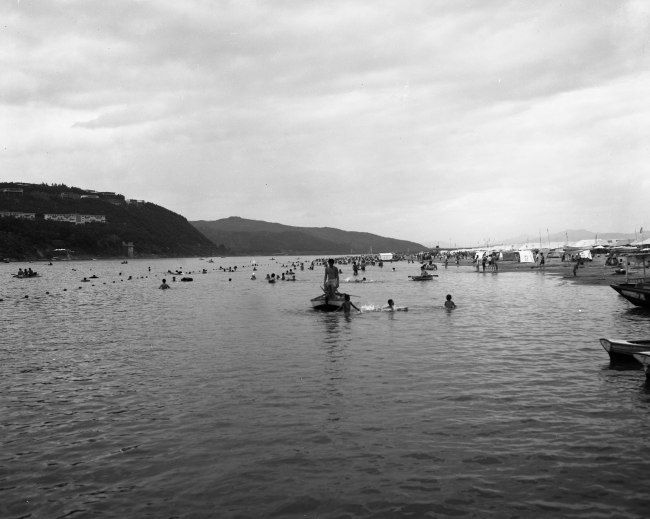In human history, rivers have played a pivotal role for the birth and development of villages, cities and civilizations, as they have provided them with fishing, water, transportation, and other essentials.

For Korea, the Hangang River has undertaken that role, serving as a crucial conduit for people’s exchanges and communication, and laying the groundwork for the flourishing of ancient kingdoms, though it was, at times, exploited by outside forces as an invasion route.
The 514-kilometer-long river that runs through the center of the peninsula has been at the heart of Korea’s history, including its dramatic rise from the rubble of the 1950-53 Korean War, which is often dubbed as the “Miracle on the Hangang River,” historians said.
“The Hangang River has historically been a major transport line that facilitated not only the movements of people and materials but also the spread and integration of cultures across the peninsula,” said Chun Woo-young, professor at Hanyang University’s Institute for East Asian Cultures.
“From a military standpoint, the river was a crucial defensive perimeter and center of the ancient kingdoms’ competition (for geopolitical primacy). It has long been a central point of the peninsula’s history.”
The country’s use of the river dates back to Paleolithic and Neolithic Ages, and an array of relics representing these ages, such as earthenware, stoneware and bone implements, have been unearthed in the river’s basin.
Those relics, some of which are preserved in the Amsa-dong Prehistoric Settlement Site in southern Seoul, indicate that the river provided vital resources for Koreans, such as fish, and helped them advance their cultures, which gave rise to ancient communities along the river.
During the Bronze Age, the river was a key medium for the spread of cultures from the northern and central parts of the peninsula to the southern regions. Cultural exchanges that helped devise farming methods and tools led to the nation’s overall agricultural development.
During the so-called Three Kingdoms Period (B.C. 57-A.D. 668), the river emerged as the nucleus of the peninsular geopolitics with the three kingdoms ― Goguryeo, Baekje and Silla ― fiercely competing for control of the river, which was seen as essential to achieve military, economic and political preeminence.
In the Goryeo Kingdom (918-1392), the importance of the river continued to be highlighted as King Woo (1374-1388) and King Gongyang (1389-1392) designated the current location of Seoul as the capital of the dynasty in 1382 and 1390, respectively ― though their decisions were later overturned due to social and political confusion that followed the change of the capital.
The Hangang River was a core transport route during the Joseon era (1392-1910) through which people around the country paid their taxes. In the agricultural society, the mainstay of state revenues was farm products. The products were delivered via the river as land-based transportation was poorly developed.
After Japan colonized the peninsula in 1910, the river was exploited as a means to facilitate its illegal occupation of Korea and advance its imperialist causes.
During the 36-year-long colonial rule, Japan built railroad and pedestrian bridges over the river to make it easier and faster for it to transport war materials overseas, particularly after its invasion of Manchuria in 1931.
After the communist North, backed by the former Soviet Union and China, invaded the South across the 38th parallel in 1950, the river played another role in Korea’s tragic history.
Some of the bridges, built by Japan, were bombed to prevent enemy forces from crossing the river and advancing further south, while a wave of South Koreans used other bridges or waterways to find shelter from the rumbling tanks.
With the country emerging from the ashes of the war, the river has become a symbol of the country’s rapid economic rise, which led to the coinage of the “Miracle on the Hangang River,” and turned into a popular venue for family picnics and water sports.
By Song Sang-ho (sshluck@heraldcorp.com)
-
Articles by Korea Herald



















